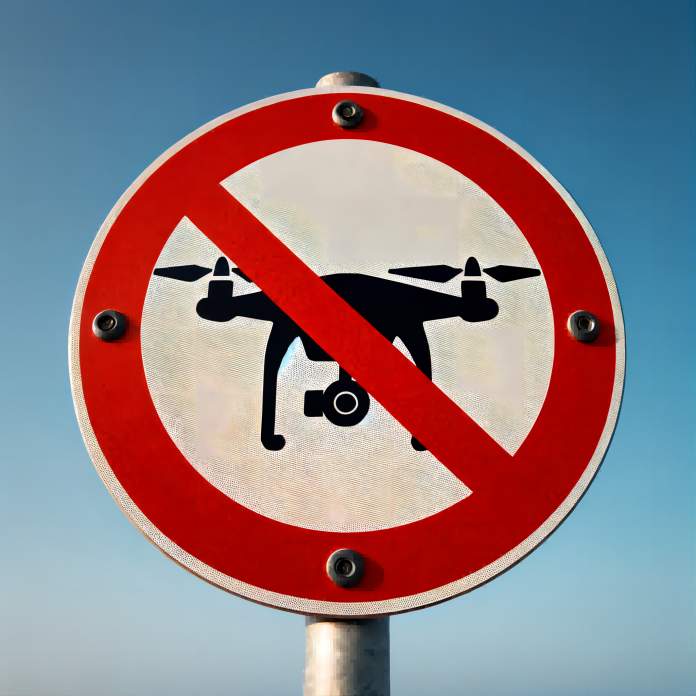The integration of laser systems in counter-Unmanned Aerial Systems (UAS) represents a significant leap in addressing aerial security threats posed by Unmanned Aerial Vehicles (UAVs). This article delves into the technical aspects of laser-based anti-drone systems, highlighting their operational mechanisms, challenges, and integration with other defense technologies.

In counter-UAS operations, the initial phase involves the detection and precise tracking of UAVs. Advanced systems employ a combination of radar, RF (radio frequency) scanners, and visual image processing technologies. Sheu et al. (2019) describe a dual-axis rotary platform that utilizes visual image processing for automatic UAV tracing and locking, significantly enhancing target acquisition accuracy [1]. This integration of optical and radar-based technologies is crucial for the effective operation of laser systems in diverse environmental conditions.
Upon acquiring the target, the laser system engages by directing a high-energy beam towards the UAV. The laser beam, characterized by its high photon density, imparts substantial thermal energy upon contact. This results in the overheating and subsequent failure of critical UAV components like propulsion systems, batteries, and control circuits, thereby neutralizing the aerial threat. The precision and controlled energy delivery of laser systems are pivotal in minimizing collateral damage, especially in populated or sensitive areas.
A defining feature of laser systems in anti-drone applications is their ability to respond and engage targets at the speed of light. This rapid response capability, coupled with the high accuracy afforded by advanced targeting algorithms, makes lasers particularly effective against fast-moving and agile UAVs. The precision targeting also ensures minimal environmental impact and safety for surrounding infrastructure.
The operational stealth of laser systems, characterized by their silent and often invisible emissions, is a strategic advantage in covert defense operations. This feature is particularly beneficial in scenarios where the non-disclosure of defense system locations is critical.
Despite their efficacy, laser systems are not without limitations. Environmental factors such as fog, rain, or dust can significantly attenuate laser beams, impacting their performance. Additionally, the power requirements and thermal management of high-energy lasers are critical engineering challenges. Robbe, Papy, and Nsiampa (2018) emphasize the importance of considering non-lethal approaches in UAV neutralization, which is pertinent in the ethical deployment of laser technologies [2].

In practical scenarios, laser systems are often part of a multi-layered defense strategy. This involves the integration with RF jammers, kinetic systems (like net launchers), and other non-lethal technologies, forming a comprehensive defense solution against UAV threats. Such integration not only enhances the overall effectiveness but also provides a versatile response to a range of scenarios.
References:
Sheu, B.-H., Chiu, C.-C., Lu, W.-T., Huang, C.-I., & Chen, W.-P. (2019). Development of UAV Tracing and Coordinate Detection Method Using a Dual-Axis Rotary Platform for an Anti-UAV System. Applied Sciences, 9(13), 2583.
Robbe, C., Papy, A., & Nsiampa, N. (2018). Using Kinetic Energy Non-Lethal Weapons to Neutralize Low Small Slow Unmanned Aerial Vehicles. Journal of Non-Lethal Combatives.
Contact: Lumispot
Phone: +86-15072320922
Tel: +86-510-87381808
Email: sales@lumispot.cn
Add: Bldg 4 No.99 Fu Rong 3rd Road, Wuxi, China